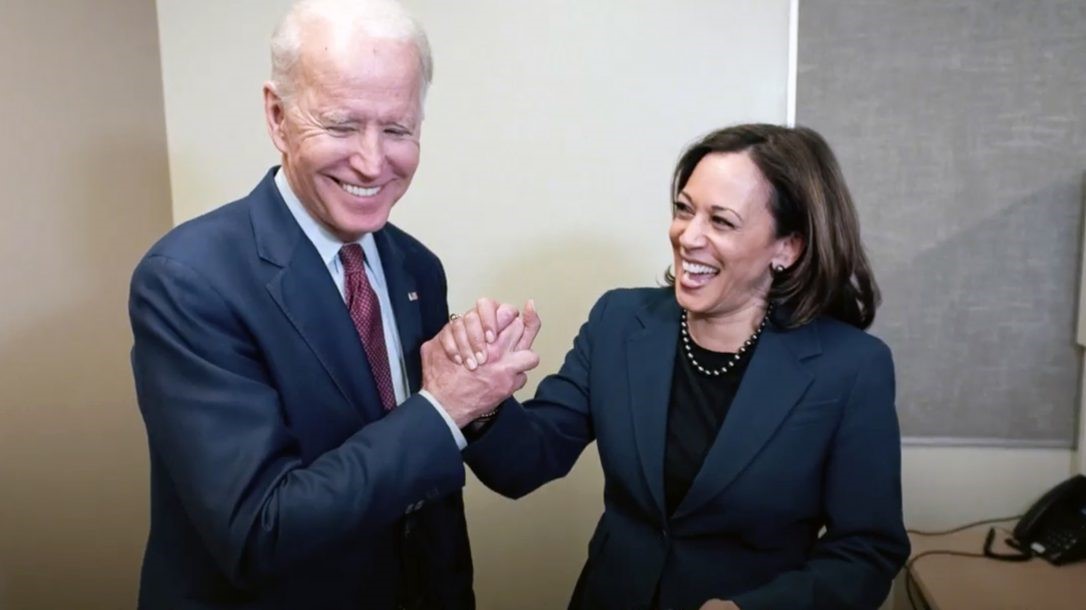
By Dave Workman
Editor-in-Chief
The Biden-Harris administration announced a new executive order on gun control which critics are already characterizing as more flash than substance, because it establishes an “Emerging Firearms Threats Task Force” to assess “the threat posed by machinegun conversion devices and unserialized, 3D-printed firearms.”
What does that mean? This task force will consist of “leadership from key federal departments and agencies” to do an “assessment of federal agencies’ operational and legal capacities to detect, intercept, and seize machinegun conversion devices and unserialized, 3D-printed firearms; and an interagency plan for combatting these emerging threats. The report will include any additional authorities or funding the federal agencies need from Congress in order to complete this work.”
The announcement came a few days after the administration released a 13-page progress report on the White House Office of Gun Violence Prevention. The report asserts, “The White House Office of Gun Violence released the Safer States Agenda, a playbook of 14 legislative actions that states can pursue to prevent gun violence and save lives. Since December 2023, at least 31 states have introduced new legislation to address gun violence. At least 17 states have enacted new legislation, including a safe storage law in California, a gun dealer accountability law in Washington, a victims compensation law in Maryland, a ghost gun ban in Vermont, a background check expansion in Maine, and a permit to purchase law in Delaware.”
The big question: Have any of these measures prevented a single violent crime?
What is known is that, according to the Scripps News Service, creation of the White House gun control office was “a landmark moment for President Joe Biden, for whom the issue of gun violence has been a decades-long focus.” Biden, a career anti-gunner, wants restrictive gun control to be part of his legacy.
With Biden only in office for about four more months, this new task force on guns is supposed to provide its assessment of agency effectiveness on guns within 90 days.
Fox News is reporting, “The assessment will also include a review of federal agencies, operational and legal capacities to detect, intercept and seize these firearm and firearm components.”
Several paragraphs into the White House announcement it is revealed, “By the end of October, the Centers for Medicare and Medicaid Services (CMS) will announce that states may choose to use Medicaid to pay a health care provider for counseling parents and caregivers on firearm safety and injury prevention.” It is not clear whether these “counselors” are trained firearms instructors.
The Biden-Harris administration said it is “Facilitating Enhanced Background Checks for Individuals Under Age 21.” Under this effort, the Justice Department “is issuing model legislation that additional states may use to inform their own legislation and allow a carve-out to share juvenile records solely for the purpose of enhanced background checks.”
“Part of the enhanced background check requires requesting records from state and local law enforcement and mental health repositories about potential purchasers under 21,” the executive order say.
Also included in the White House announcement was the revelation that the FBI “will collect additional detail in its data collection for gunshot injury wounds in the National Incident-Based Reporting System (NIBRS) by June 2025. The FBI will implement a new injury code to reflect a gunshot wound in the NIBRS victim segment. NIBRS will also enable law enforcement agencies to submit additional detail as to how firearms were used in specific crimes, and the nature of the crime at issue.”
Two other tenets of the executive order:
“Encouraging Safe Storage of Firearms: Today, the Department of Education is providing schools, school boards, and policymakers with a new tool to promote safe gun storage in their communities. Following up on its initial safe storage actions, the Department of Education is publishing an interactive website that highlights examples of state, community, and school district actions across the nation that promote safe gun storage within school communities. The website includes a map with state safe storage laws, examples of how schools are communicating with parents about safe storage, and examples of local policies on safe storage education. This new resource builds on guidance the Department published earlier this year to highlight physical safety measures schools can pursue to help keep students safe in the event of gun violence in schools.”
“Facilitating Voluntary Out-of-Home Storage to Prevent Firearm Suicide: Voluntary out-of-home storage of firearms is an effective tactic to saves lives by creating time and space between a person in crisis and a firearm. A number of states, including Colorado, Louisiana, Maryland, North Carolina, and Wisconsin, have developed gun storage maps to show different locations where a gun owner can voluntarily store their firearms…”
In a statement from the White House, it was acknowledged the Biden-Harris OGVP has “encouraged other states and cities to establish their own offices of violence prevention to coordinate their work to reduce gun violence, and partnered with existing offices of violence prevention to share best practices.”
The statement revealed that Maryland, Pennsylvania and Maine have established their own offices of violence prevention, and in May, the White House “convened over 80 leaders from city and local offices of violence prevention in over 50 cities across the country to share common challenges their offices face.”



